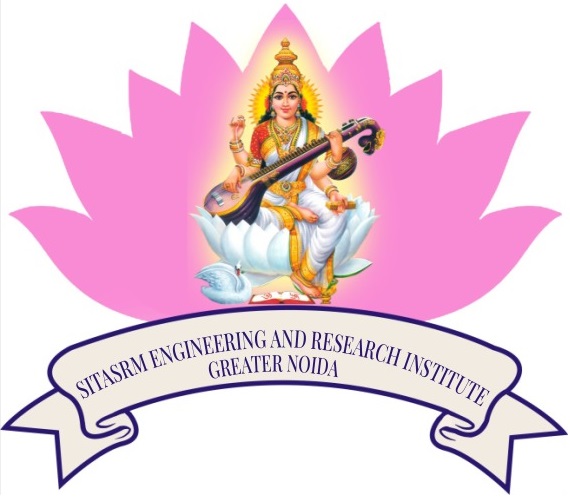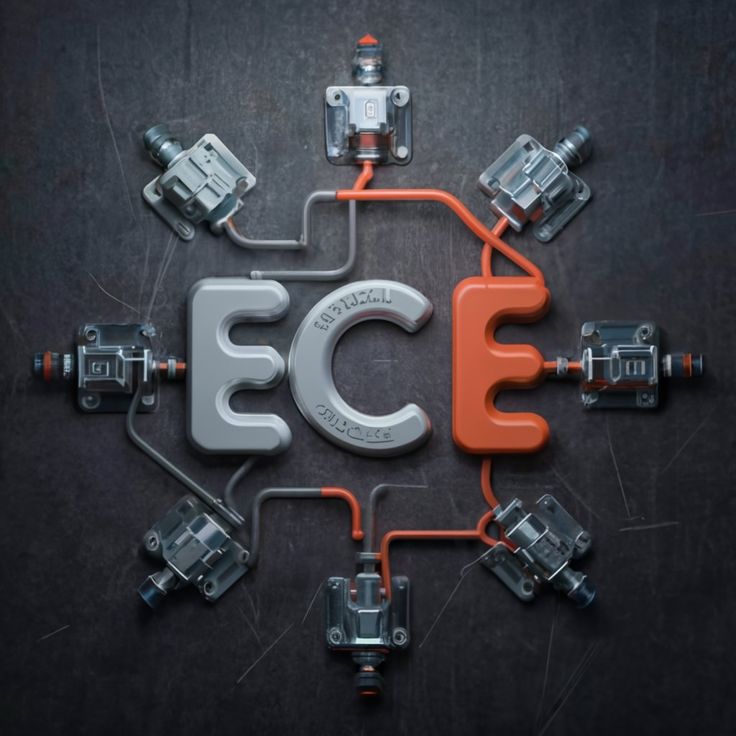 SITASRM ENGINEERING & RESEARCH INSTITUTE
SITASRM ENGINEERING & RESEARCH INSTITUTE
 SITASRM ENGINEERING
SITASRM ENGINEERING & RESEARCH INSTITUTE

SITASRM ENGINEERING & RESEARCH INSTITUTE
Menu
Top AI Programming Languages Every ECE Student Needs to Master
Introduction to AI Programming Languages
Imagine a world where your devices don't just communicate, but understand, predict, and adapt. This isn't science fiction; it's the rapidly evolving landscape where Electronics and Communication Engineering (ECE) converges with Artificial Intelligence. For ECE students, simply understanding circuits and signals is no longer enough. The cutting edge demands proficiency in AI programming languages – the very tools that breathe intelligence into hardware. Without these critical skills, an ECE graduate might find themselves building the body, but lacking the knowledge to give it a mind. This blog will explore the essential AI-programming languages that will define your career in this exciting, interconnected future.
Why AI Programming Languages are Non-Negotiable for ECE Students
The synergy between ECE and AI is undeniable and ever-growing. From smart sensors and IoT devices to autonomous vehicles and advanced communication systems, AI is embedded at every layer. As an ECE professional, you'll be designing the hardware infrastructure, optimizing signal processing for AI applications, and even deploying sophisticated AI models on resource-constrained embedded systems. This requires a deep understanding of not just the 'what' but the 'how' – and that 'how' is increasingly dictated by specific AI programming languages.
Here's why these languages are vital for you:
-
Embedded AI: Deploying machine learning models directly onto microcontrollers and FPGAs.
-
IoT Intelligence: Making sense of vast sensor data and enabling smart device interaction.
-
Signal Processing: Developing intelligent algorithms for audio, video, and wireless communication.
-
Robotics & Automation: Programming the brains behind automated systems and drones.
-
Hardware-Software Co-design: Optimizing AI algorithms to run efficiently on custom hardware.
Mastering AI programming languages is no longer an optional skill; it's a fundamental requirement to innovate and lead in the ECE domain.
Essential AI Programming Languages for the ECE Professional
To truly excel, ECE students must strategically choose and master the right AI programming languages. Each offers unique strengths for different aspects of AI integration.
1. Python: The Reigning Champion of AI
Python's simplicity and vast ecosystem make it the undisputed leader among AI programming languages. For ECE students, its versatility is a superpower.
-
Why it's crucial for ECE:
-
Rich Libraries: NumPy for numerical operations, SciPy for scientific computing, Pandas for data manipulation, Matplotlib/Seaborn for data visualization.
-
AI Frameworks: TensorFlow, Keras, and PyTorch are the go-to libraries for building, training, and deploying deep learning models.
-
IoT & Embedded Integration: Libraries like MicroPython or specific hardware SDKs allow Python to interface with embedded systems, enabling quick prototyping for AI on the edge.
-
Data Analysis & Signal Processing: Excellent for processing sensor data, audio signals, and implementing machine learning algorithms for pattern recognition.
-
-
Applications in ECE:
Predictive maintenance in industrial IoT, intelligent communication protocols, basic image/speech recognition on edge devices.
2. C++: The Performance Powerhouse
When raw speed, memory efficiency, and direct hardware interaction are paramount, C++ stands out. It's one of the foundational AI programming languages for performance-critical applications.
-
Why it's crucial for ECE:
-
Low-Level Control: Essential for programming microcontrollers, FPGAs, and embedded systems where resources are limited.
-
Real-time Systems: Indispensable for robotics, autonomous vehicles, and high-speed data processing in communication networks.
-
Optimized Libraries: Many core AI libraries (like parts of TensorFlow or PyTorch) are written in C++ for maximum performance, and custom AI inference engines often use it.
-
System Integration: Bridging the gap between hardware and high-level AI applications.
-
-
Applications in ECE:
Developing custom AI accelerators, real-time object detection in drones, efficient AI model deployment on embedded platforms, high-performance signal processing.
3. MATLAB: The ECE Engineer's Traditional Toolkit (with AI Enhancements)
MATLAB has long been a staple in ECE for its powerful numerical computation and visualization capabilities. It has significantly evolved to incorporate AI functionalities.
-
Why it's crucial for ECE:
-
Domain-Specific Toolboxes: Signal Processing Toolbox, Communication Toolbox, Deep Learning Toolbox, Computer Vision Toolbox directly align with ECE curricula.
-
Algorithm Prototyping: Excellent for quick development and simulation of AI algorithms before deployment.
-
Simulink Integration: Its graphical programming environment, Simulink, is invaluable for simulating complex systems, including embedded AI components.
-
Ease of Use for DSP/Communication: Simplifies complex mathematical operations common in ECE.
-
-
Applications in ECE:
Designing and simulating neural networks for wireless communication, prototyping AI-driven control systems, analyzing sensor data for anomaly detection.
4. Julia: The Emerging Contender for Scientific AI
Julia combines the high-level syntax of Python with the speed of C++, making it an attractive option for large-scale numerical and scientific computing, especially in AI research.
-
Why it's crucial for ECE:
-
Performance: Offers "two-language problem" solution, eliminating need to rewrite slow Python code in C++.
-
Numerical Computing: Strong for complex mathematical models, which are prevalent in signal processing and AI research.
-
Emerging AI Ecosystem: Growing number of libraries for machine learning and deep learning.
-
-
Applications in ECE:
High-performance simulation of communication channels with AI components, advanced signal processing algorithms, AI model development requiring significant computational power.
Bridging the Gap: ECE and AI Programming Languages in Practice
Learning these AI programming languages is just the beginning. The real mastery for an ECE student lies in understanding how to bridge the gap between software intelligence and hardware limitations.
-
Embedded AI Deployment: Learn how to compress and optimize AI models (e.g., TensorFlow Lite, ONNX Runtime) to run efficiently on low-power, resource-constrained ECE hardware.
-
Hardware Acceleration: Understand how to leverage GPUs, FPGAs, and ASICs to speed up AI computations.
-
Real-time Considerations: Design AI systems that respond within strict time constraints, crucial for robotics and autonomous systems.
Mastering AI Programming Languages as an ECE Student
-
Start with Python: Its versatility makes it the ideal entry point to learn AI fundamentals.
-
Deep Dive into C++: Essential for embedded systems, robotics, and performance optimization.
-
Explore MATLAB: Leverage its strong ECE-specific toolboxes for simulation and prototyping.
-
Work on Projects: Apply your knowledge to real-world ECE problems like smart home devices, health monitoring systems, or communication network optimization.
-
Online Courses & Certifications: Supplement your university curriculum with specialized courses on AI and embedded AI.
-
Engage with Communities: Join forums, attend workshops, and collaborate with peers.
Conclusion
The future of Electronics and Communication Engineering is intricately linked with Artificial Intelligence. For ECE students, proficiency in AI programming languages is not merely an advantage but a necessity to design the next generation of intelligent systems. By mastering Python, C++, MATLAB, and even exploring languages like Julia, you will be equipped to innovate, optimize, and lead in a world increasingly powered by smart technology. Invest your time wisely in these skills, and you will undoubtedly build a thriving and impactful career.
 (2).jpg)















































